NEW YORK—The world has never seen an American president remotely like him. President Donald Trump’s outside-the-box political understanding has worked an economic miracle, according to top economists.
In the new book “Trumponomics: Inside the America First Plan to Revive Our Economy,” two of Trump’s former senior economic advisers try to define the president and the ideas behind his new economic theory, Trumponomics.
Despite the mainstream media predicting his defeat in the 2016 presidential election, Trump defied the odds and emerged victorious without ever adopting a conventional left or right economic agenda, the writers say.
Co-authors Stephen Moore and Arthur Laffer worked with Trump during the presidential election campaign for plans to transform a stagnant U.S. economy into a flourishing market.
Trump’s victory can be attributed to his focus on jobs and the economy. He introduced Washington to a new economic populism that combined some conventional Republican ideas—tax cuts, deregulation, energy development, and returning more power to the states—with some Democratic priorities like trade protectionism and infrastructure spending, according to the authors.
Moore and Laffer are members of the Trump Advisory Council and still meet with Trump regularly.
Bringing a Business Perspective to Government
Although there are similarities between the economic policies of Trump and President Ronald Reagan, Moore reveals the incumbent president is not your typical conservative.“Trump is not ideologically conservative. Reagan was an ideological conservative. Donald Trump is just a businessman,” Moore told The Epoch Times. “I think that’s one of his great strengths; he brings a businessman’s perspective to The White House.”
Trump advocates common-sense administration and an economic populist approach to addressing the plight of ordinary people, the book said. In comparison, Reagan is better versed in conservative thinking and more dedicated to the principles of limited government.
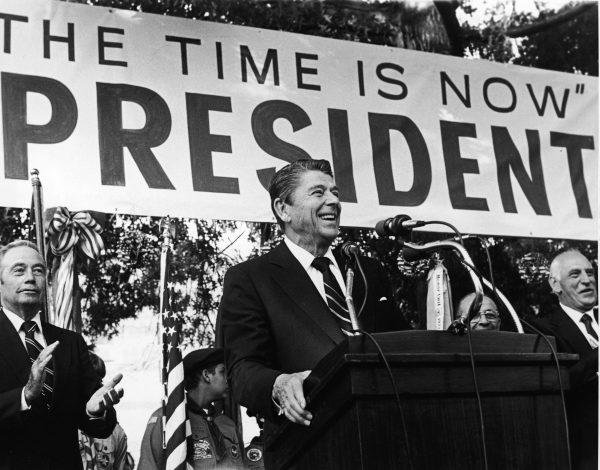
“While Trump does borrow a lot of ideas from Reagan, Trumponomics is very different from Reaganomics. That’s one of the reasons we wrote this book, to define how Trumponomics departs in some ways,” Moore said.
And one of the biggest differences is Trump’s pace in implementing his agenda.
“Trump actually galloped out of the gates even faster than Reagan did, in terms of getting taxes down, getting regulations down, promoting American energy, and promoting free enterprise, and essentially getting government off the back of business,” Moore said, adding that these are bringing “wildly successful results.”
5 Pillars of Prosperity
The United States had the highest corporate income tax rate among developed nations. Trump’s tax reform, which was signed into law last December, slashed the corporate income tax rate from 35 percent to 21 percent.Moore believes tax cuts have put the United States at a competitive advantage to other nations.
“We did cut the corporate tax rate in half, and that’s a big deal because we had a 20 percent gap where we were significantly higher than almost all the other countries we’re competing with, and it was just putting us in a competitive hole,” he said.
“So Trump recognized a problem there, and said let’s bring those rates down, and that’s brought a lot of that capital back to the United States.”
“Our manufacturing is back big time,” Moore continued. “Every city you go to now, you see construction of new factories and new warehouses. Manufacturing industry has never done better.”
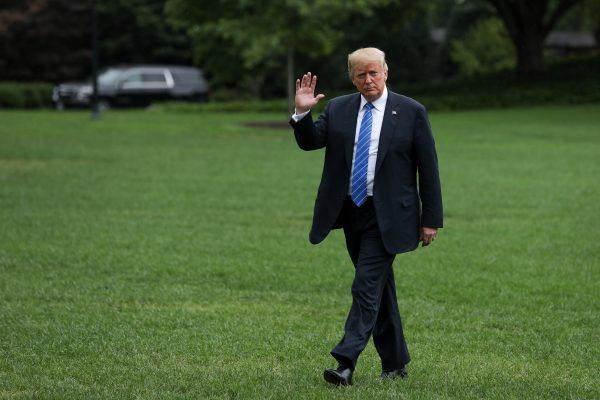
According to Laffer, there are five pillars of economic prosperity: lowering tax rates, minimizing regulations, optimizing interest rates, government spending restraint, and free trade.
“That’s the model we talked to him [about.] And that’s the model he’s been trying to put in,” Laffer told The Epoch Times. According to him, the Trump administration has done a good job on tax cuts, deregulation, and monetary policy. However, the other two pillars—spending restraint and free trade—are still a work in progress.
Free Trade Versus Fair Trade
The authors explain how views of the authors and Trump have diverged on the issue of trade. Both Moore and Laffer are “staunch free traders.”“Trump knew full well we were on the free trade side, while he publicly and stubbornly declared that he was more for ‘fair’ than ‘free’ trade,” the authors wrote.
According to the book, the president has a point about free trade, especially when it comes to noncompetitive trading practices in places like Japan and communist-ruled China where they use non-tariff barriers to trade and manipulate their currencies in ways that harm the U.S. economy.
“Trump is more in the trade protectionist mode, whereas Reagan was a big free trader,” Moore said.
Trade with China is a two-way street, according to Laffer, with both parties being of equal importance.
“Without China, there is no Wal-Mart. Without Wal-Mart, there is no middle class or lower class prosperity in America today. We need China, we need to trade with China. ... China needs us badly [too]. It’s a win-win situation,” he said.
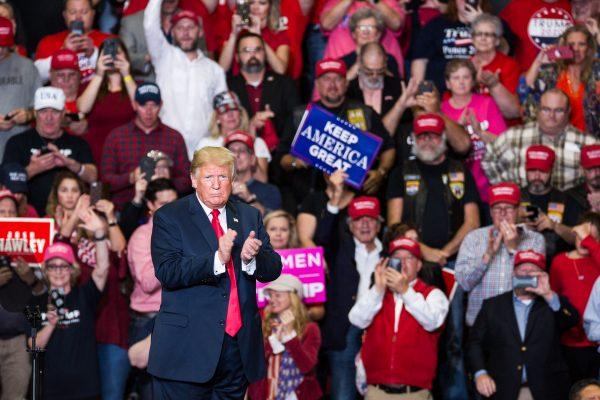
Too Early to Judge
Trump’s policies have put the economy on a high growth trajectory. The U.S. economy had strong second and third quarters, with GDP surging 4.2 percent and 3.5 percent, respectively. Both business and consumer confidence hit record highs and the unemployment rate has fallen to the lowest level in nearly 50 years.Laffer, however, believes it will take years to know whether these policies worked or not.
“We have got a long way to go before we achieve the prosperity we so desperately need,” he said.
“One swallow doesn’t make a summer. We need to have this happen over four or five years to really return us to the pre-George W. Bush prosperity.”
According to him, both Reagan and Kennedy years turned out to be very successful periods.
“I hope this one translates into one of those. And I think it will.”

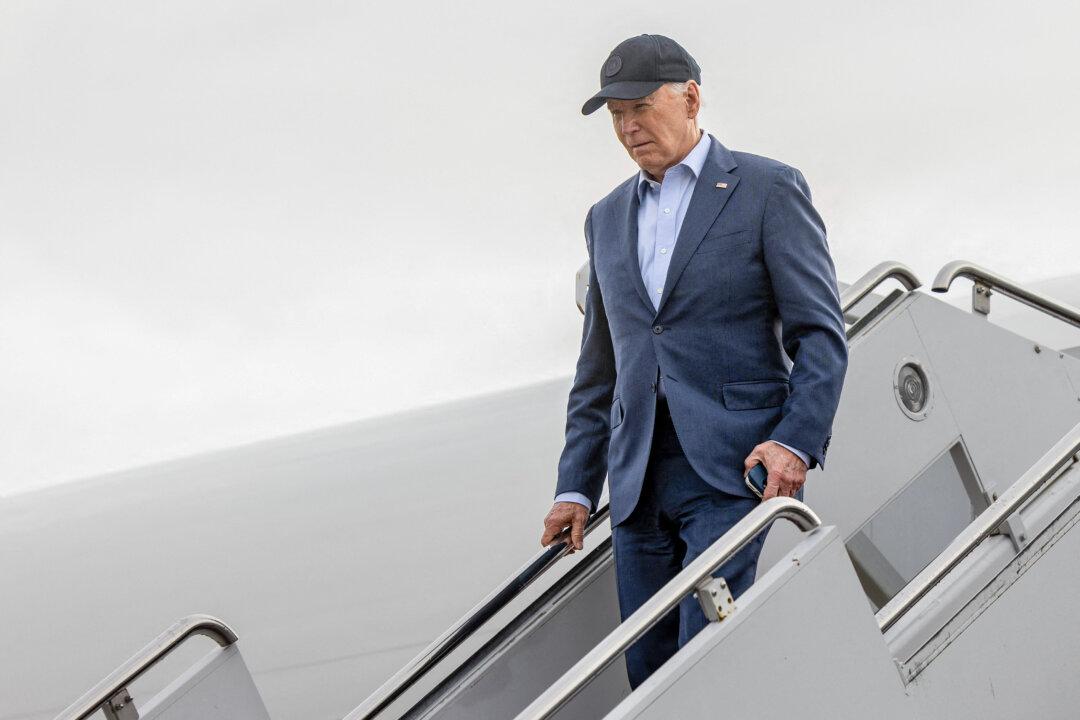
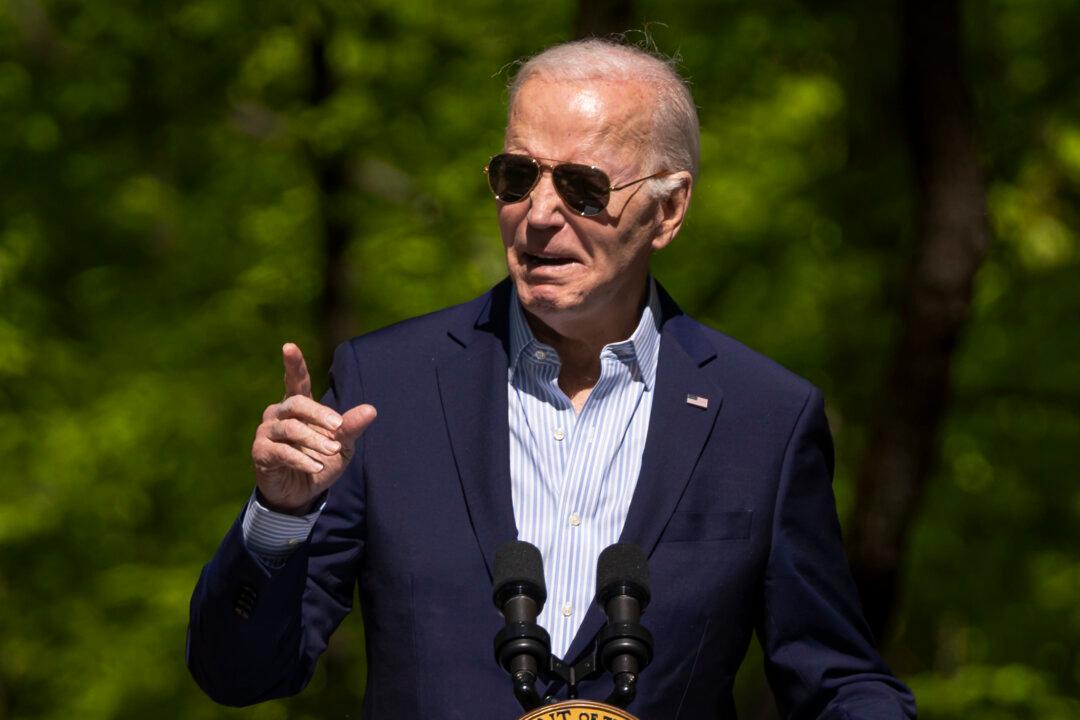


Friends Read Free